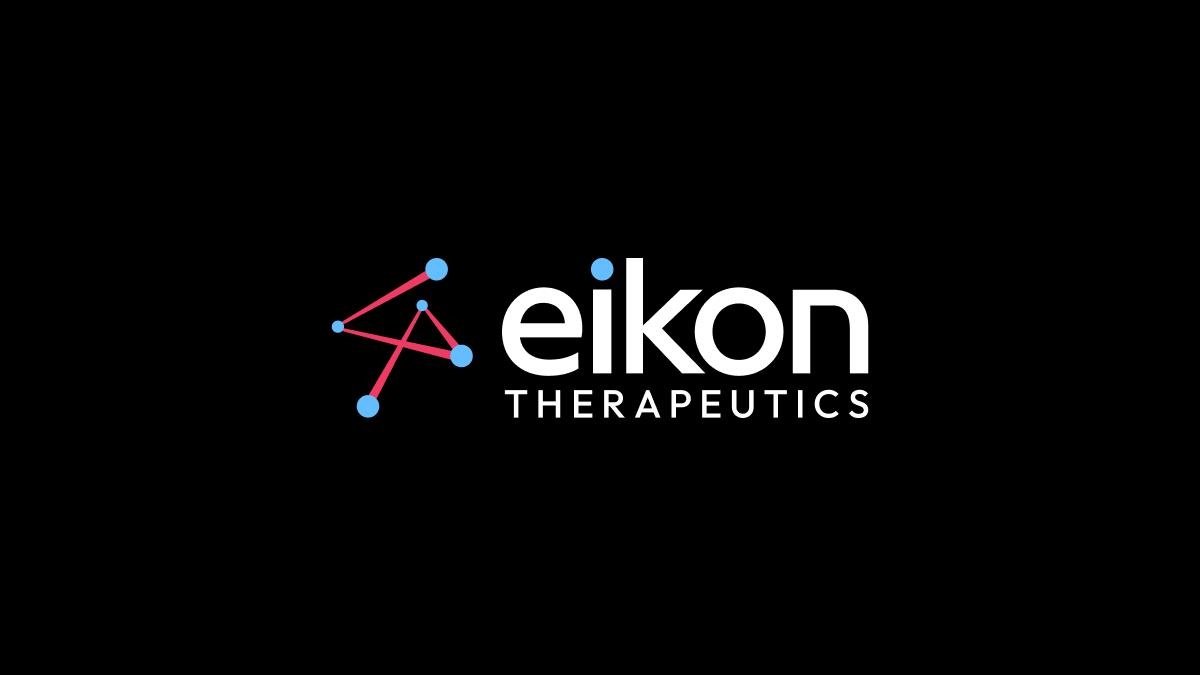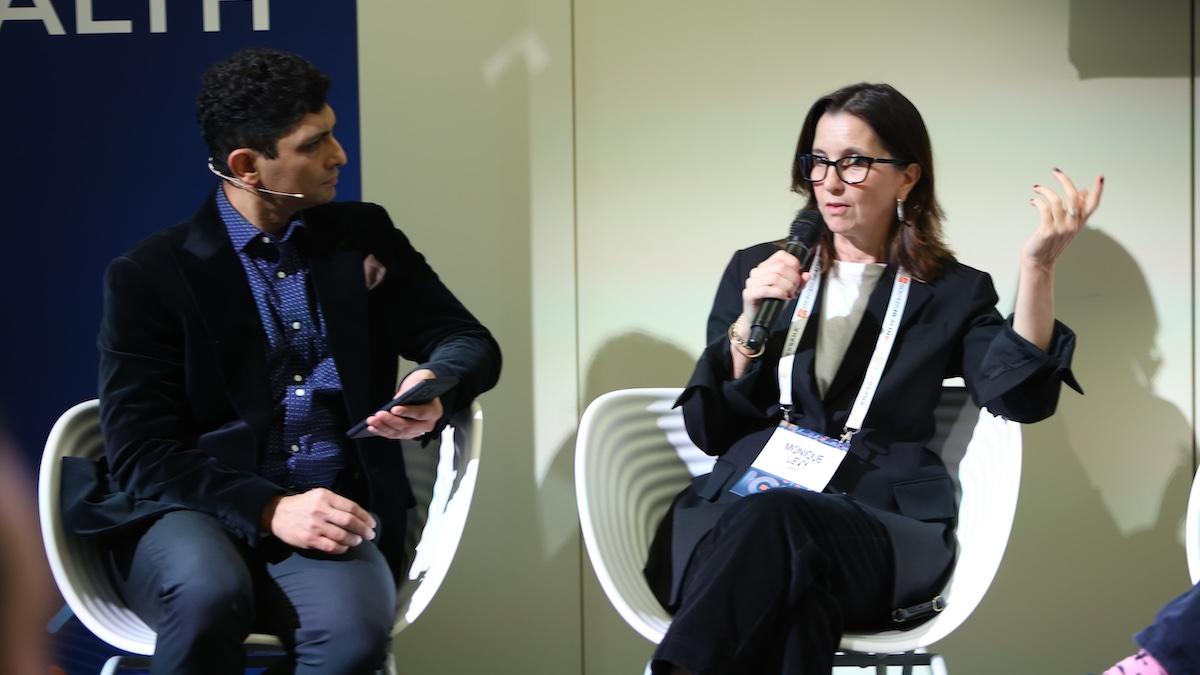Generative AI and its impact on speed to market for pharmaceuticals

Generative AI (GenAI) is revolutionising the life sciences, and we’re just scratching the surface.
On average, it takes about seven years to develop a new drug and bring it to market. For ambitious life sciences businesses, GenAI’s ability to generate insights and content in a fraction of the time of a human means wiping months, or even years, off that average. When it comes to clinical development, saving time translates to saving lives, or at least improving them, through faster availability of treatments. It also translates into revenue opportunity - and a significant one at that.
Some industry sources estimate that bringing new treatments to market ahead of schedule can be worth between £500,000 to £6.5 million per day. However, due to uncertain regulatory landscapes, coupled with the rapidly evolving nature of the technology, some companies are taking a wait-and-see approach to adopting GenAI, delaying investments until the course forwards is clearer. While this may seem a prudent approach, it will be one organisation’s regret in the long run as they miss out on the opportunities GenAI holds, such as drug discovery and speed to market, and as competitors jump ahead and take the lead.
For life sciences companies looking to seize a competitive edge and supercharge their speed to market, there are a few key areas of the clinical development lifecycle they should focus on first.
Simplifying the research process
Research and development (R&D) is often the most time-consuming part of the drug development process, but AI can accelerate this process by up to 50%, as the technology has a multiplier effect wherever it is applied.
Life sciences can implement GenAI at the very beginning of the R&D cycle, to aid in searching and synthesising available literature on a specific potential drug. Instead of beginning with a manual keyword search and sifting through hundreds of articles across various sources, teams could prompt a generative AI-enabled tool to rapidly search, gather, and distil relevant articles – or even suggest unanticipated information pathways to explore.
Generative AI also has the potential to change how researchers find existing literature. Usually, researchers simply type keywords into the search box. But with a GenAI tool, they could state their goal into the prompt, providing context and intent, for the technology to find reference materials to support that specific ask, saving significant time, while broadening the research horizon.
Automating clinical trial protocol writing
Compiling a clinical trial protocol document is a lengthy process that can take anywhere from a few months to over a year. GenAI technology’s capabilities can automate a substantial proportion of the protocol writing process, bringing it down to days or even mere hours.
Generative AI can be trained on thousands of existing protocols in industry databases and each company’s own research data, in order to identify the patterns relevant to investigational products, certain conditions, specific patient populations, or other factors. As the GenAI tool identifies relevant patterns, it can combine all the insights to design a baseline study, with a defined narrative that determines eligibility, drafts exclusionary criteria, and provides other necessary details. It can generate a number of draft options that would later be evaluated and refined by a human.
Expediting launch processes in secondary markets
Once a new therapy has been approved to launch in one market, many companies will be looking to expand the launch into others. This process takes a tremendous amount of time and resources, from strategy development and market research to agency engagement, content creation, and material development. Much like in the research and protocol writing processes, a lot of the steps in this part of the process could be automated with GenAI.
For instance, when the drug is close to gaining approval, GenAI could support commercial teams’ research and compile strategy documents for secondary markets, taking into account specific regulations the therapy will need to adhere to in the new country. Generative AI can similarly be used to adapt existing content – including website copy, brochures, and other promotional materials – to the language and culture of the secondary market. This could shave up to a year off the go-to-market timeline in new countries and massively reduce marketing and design costs.
Taking the first steps
Introducing GenAI into a business should be done one step at a time. It starts with fostering a culture of AI literacy, where every employee understands how the technology can be used to reshape and empower their role. It is also important to build a solid ecosystem of partners, which includes relationships with academic institutions, data providers, and specialty GenAI vendors that will support the business’ knowledge growth and internal capabilities.
Once GenAI is introduced, it is a good idea to establish a body within the business to supervise how the organisation uses the technology and manages the upskilling and development of employees engaging with the tech. This body should also establish best practices and develop frameworks that guide the deployment of GenAI across the business.
A life-saving revolution
Introducing GenAI into a pharmaceutical business is no mean feat and is understandably very daunting. It is, however, essential investment for companies that want to stay ahead of their competitors and the market.
Likewise, it is crucial to ensure employees are provided training on how to best optimise the technology and create a body that supervises how the technology is being deployed across the business to avoid any misuse. As companies continue to experiment with GenAI across its various use cases, they will begin to lay the foundation needed to harness the full potential of this transformative technology, discovering, testing, and bringing their drugs to market sooner. This improves patient outcomes due to safer, more effective, and affordable drug development and increases revenue opportunities in a highly competitive market, driving value and improving patient outcomes at the same time.












